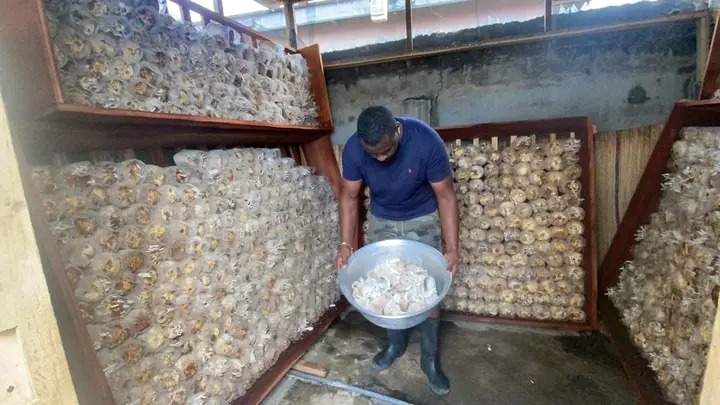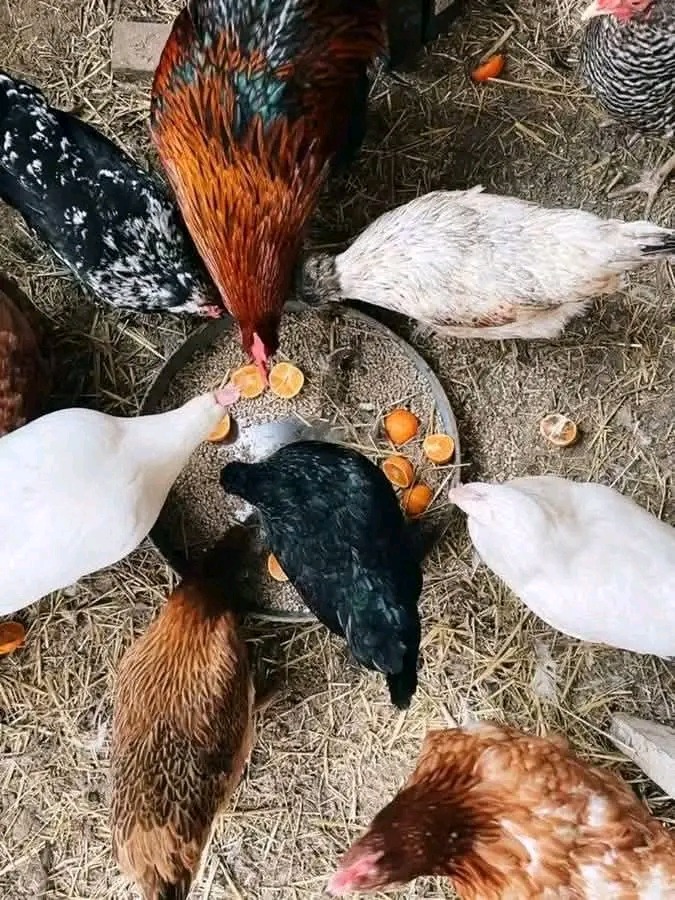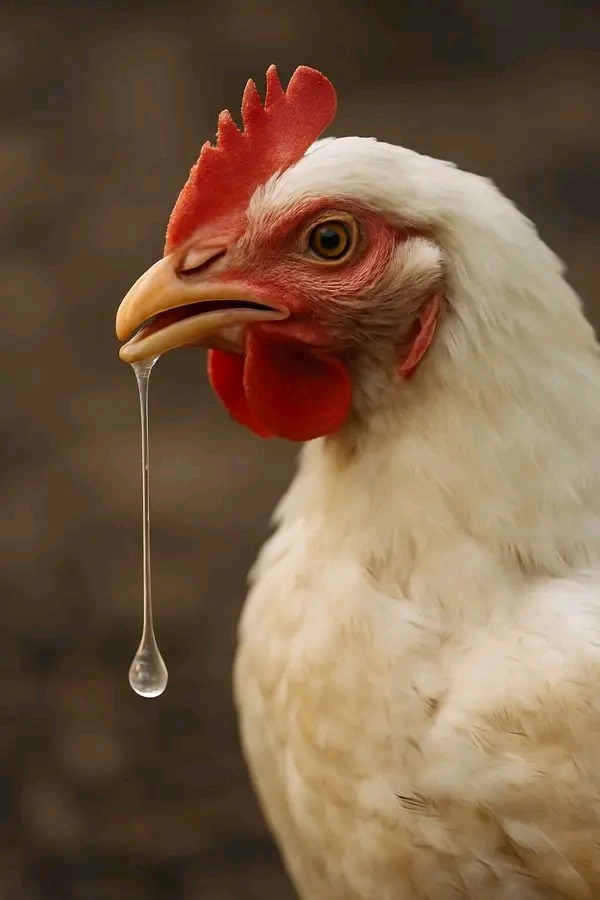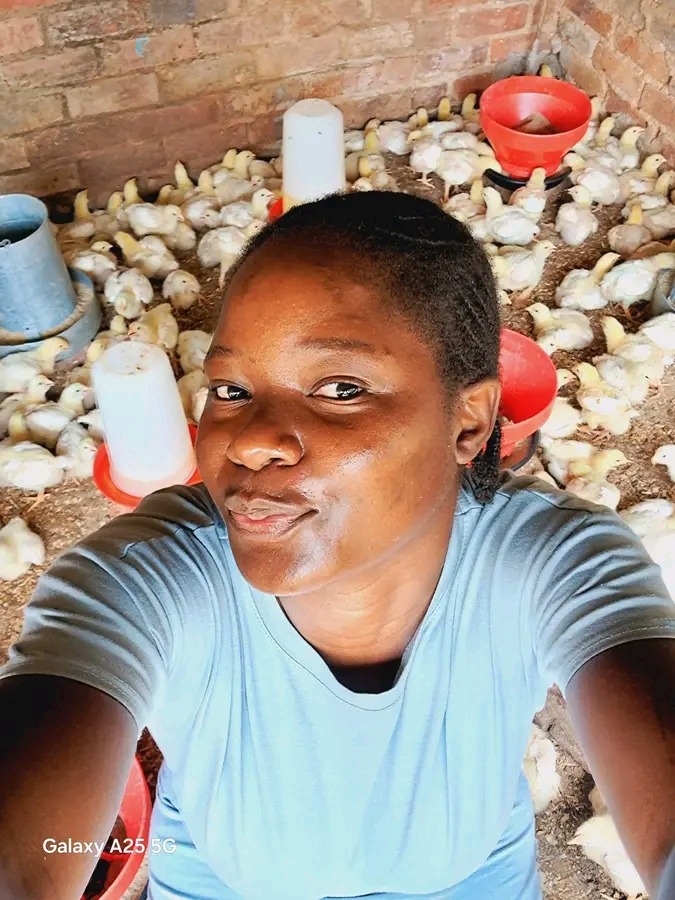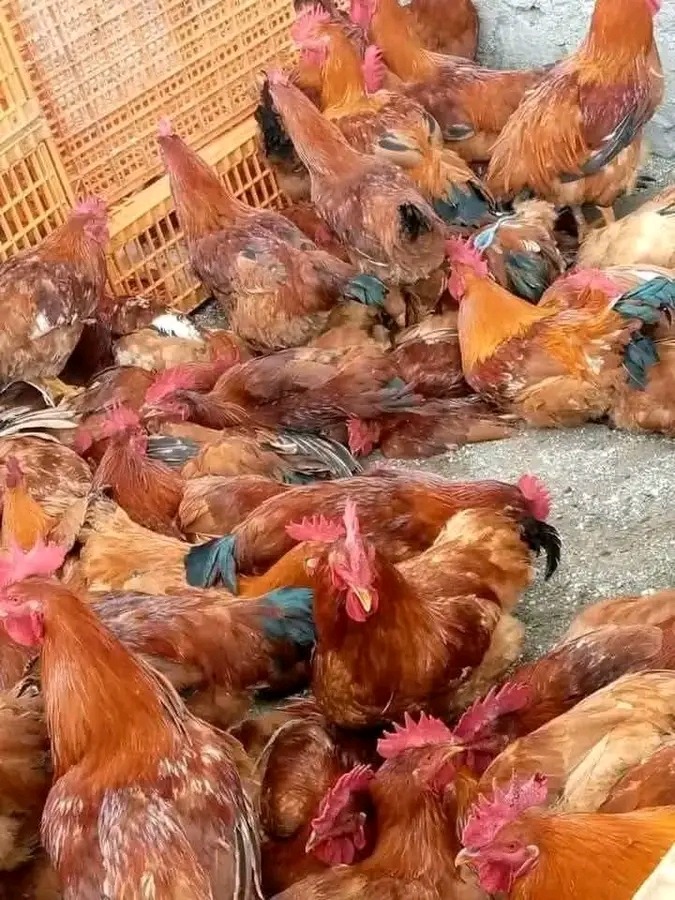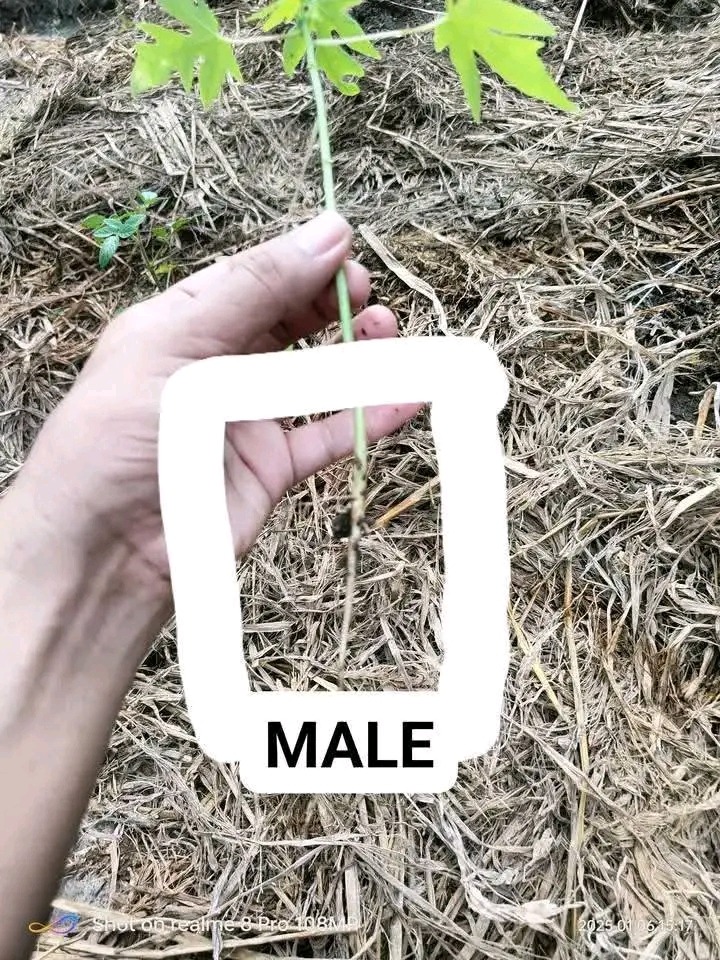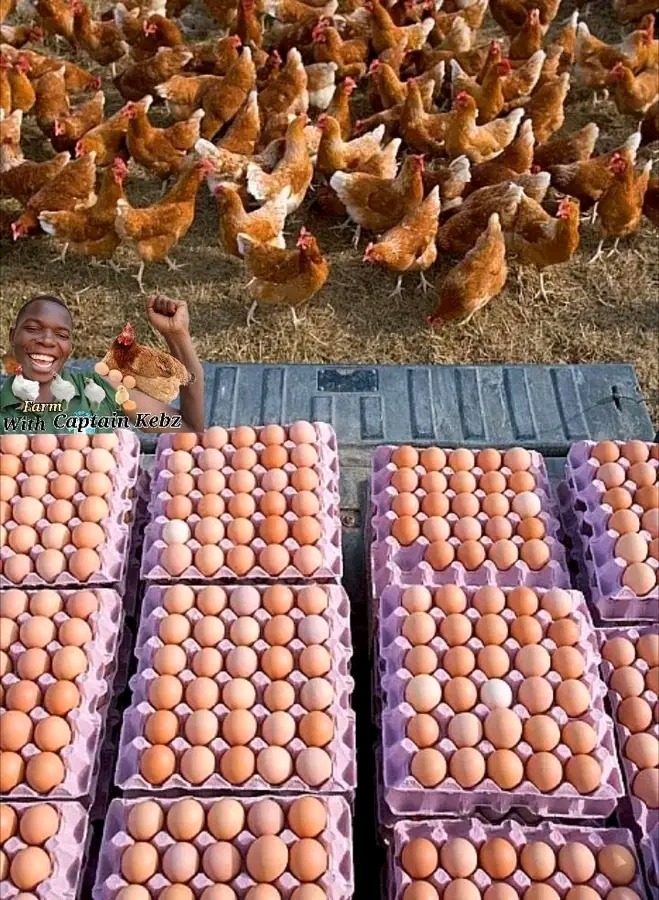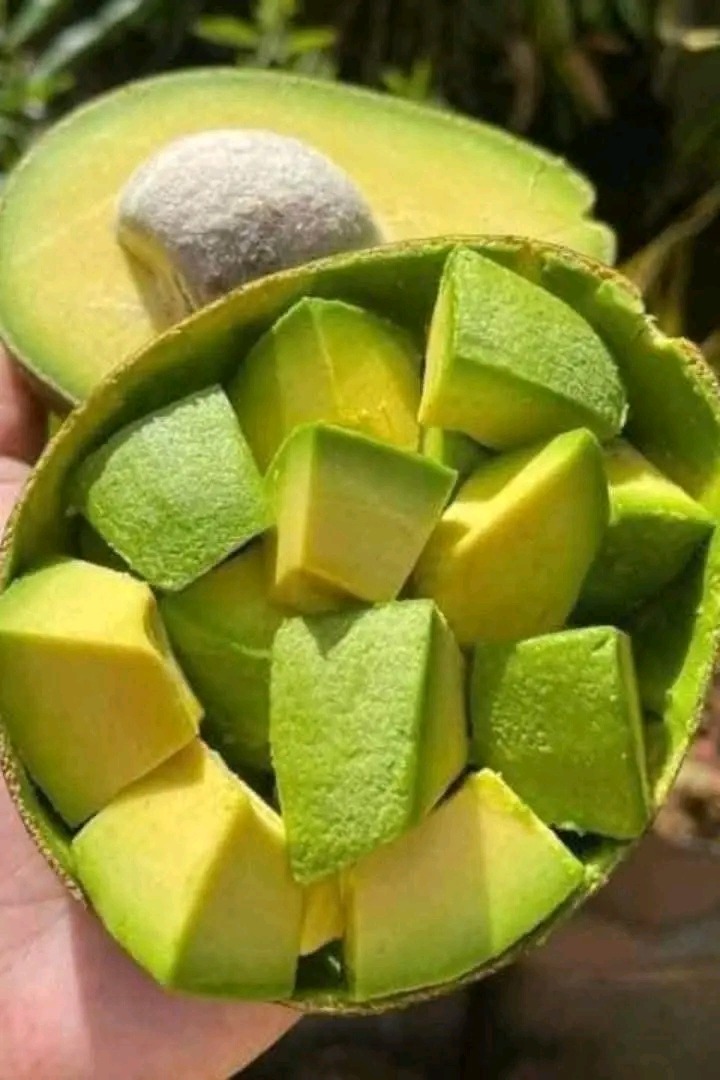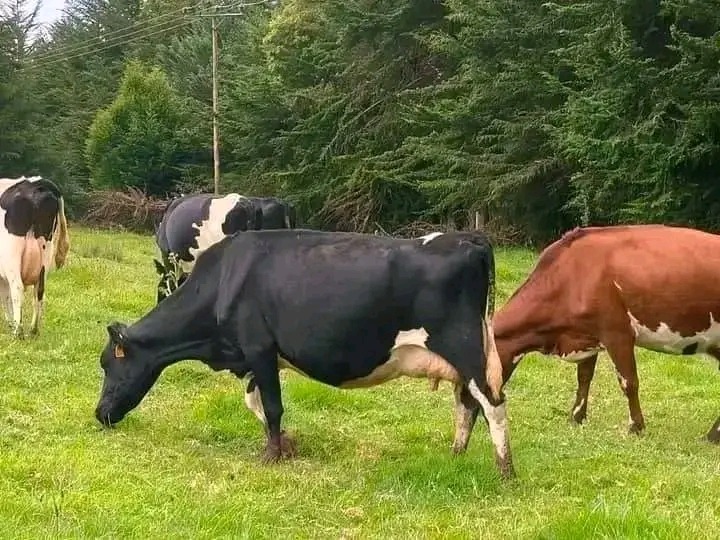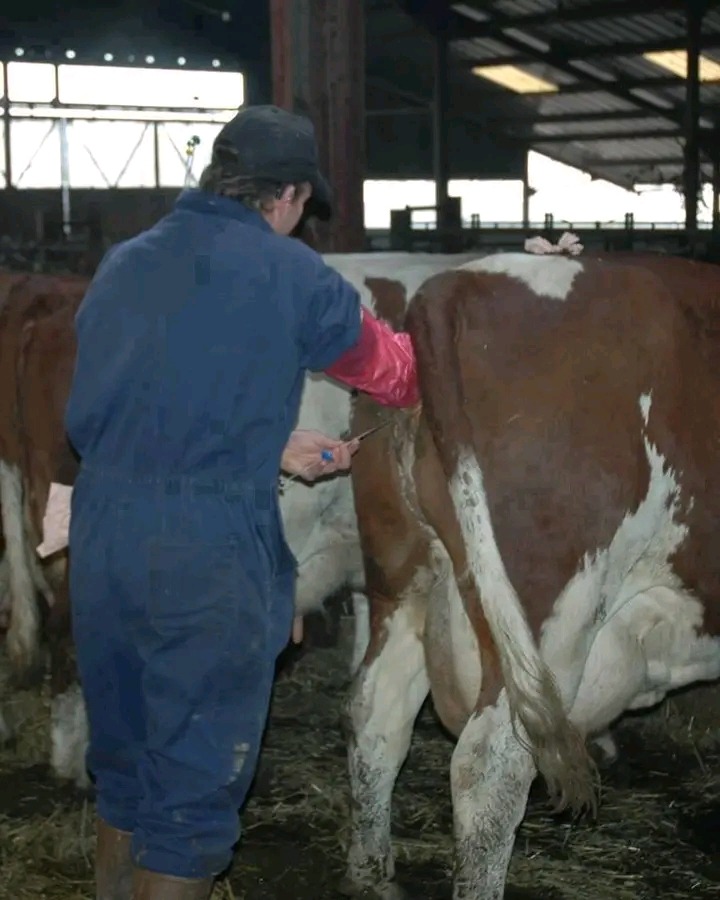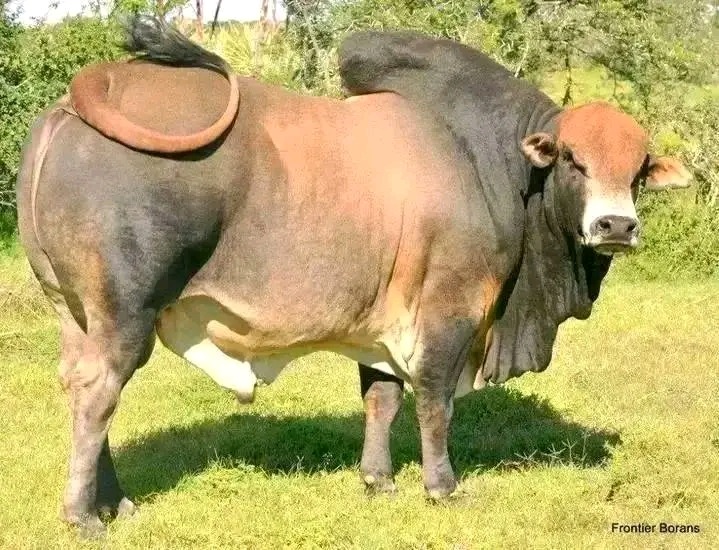
𝐇𝐨𝐰 𝐈𝐬 𝐂𝐨𝐰’𝐬 𝐌𝐢𝐥𝐤 𝐏𝐫𝐨𝐝𝐮𝐜𝐞𝐝?
Milk production in cows is a complex yet natural biological process that starts after a cow gives birth. Here’s how it happens:
1. Hormonal Changes After Calving
After parturition (calving), the cow’s body releases hormones—especially prolactin—which stimulates the mammary glands to produce milk.
2. Role of the Mammary Glands
The udder is made up of structures called alveoli. These are tiny milk-producing sacs lined with epithelial cells that extract nutrients like water, proteins, fats, and sugars from the blood and convert them into milk.
3. The Milk Let-Down Reflex
When a cow is suckled or milked, oxytocin is released. This hormone causes the muscles around the alveoli to contract and push milk into the ducts, where it travels to the teats and is expressed.
4. What’s in Cow’s Milk?
Cow’s milk is rich in nutrients:
Water (~87%)
Lactose (milk sugar)
Proteins (casein & whey)
Fat
Vitamins & Minerals (especially calcium, phosphorus, vitamin B12)
5. How Milk Production Is Maintained
As long as the cow is milked regularly, hormonal signals continue to support milk secretion. If milking stops, production gradually declines.
Fun Fact for Followers:
Cows must give birth at least once to produce milk. They are often bred again during lactation to maintain the production cycle.
Reference:
National Research Council (NRC). “Nutrient Requirements of Dairy Cattle.” 7th Rev. Ed., National Academies Press, Washington, D.C., 2001.

